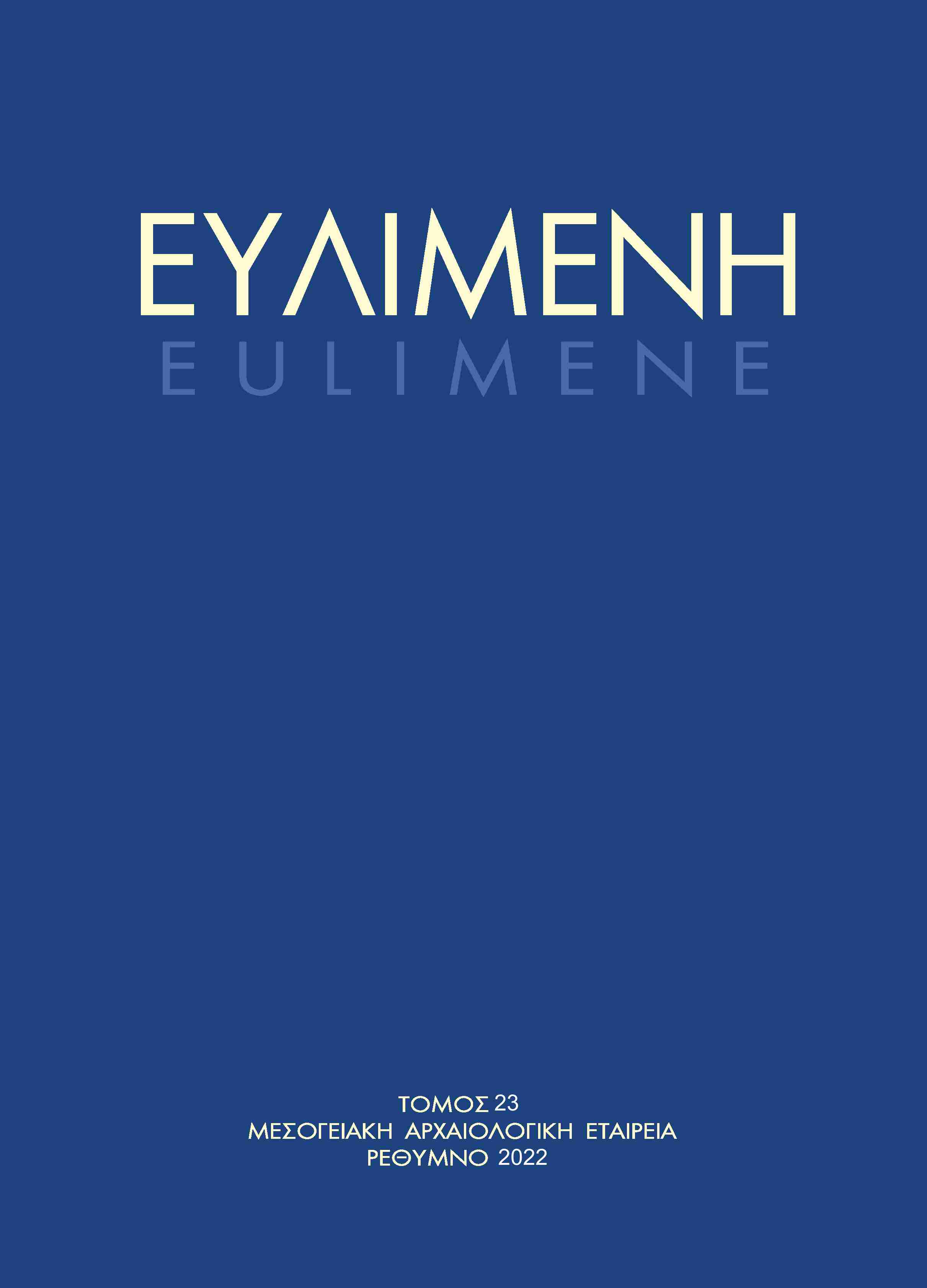A Burial of the Early Christian Period in the Sanctuary at Symi
Résumé
The burial is an extended inhumation in a stone-lined cist, unearthed in 1997, parallel to and in contact with the north wall of the more recent and smaller of two chapels of the Early Christian period, located in the northwest sector of the area of the sanctuary at Symi.. The East-West orientation of the deceased, placed supine in the grave with the head at the west facing east, dates the burial to the Christian era and the archaeological context dates it specifically to the 6th c. AD. The inhumation was that of a woman, at least 35 years old and 160.3 cm tall. Lesions on both shoulder joints may have been caused by repetitive trauma in the course of arduous daily tasks. Since the right shoulder was more severely affected than the left, she was probably right-handed. Dental hypoplasia shows that she had suffered from poor health in childhood when her teeth were being formed. The teeth, which were severely worn, also showed a build-up of dental calculus on the roots of the third molar indicating that she suffered from gingivitis in addition to caries. She also suffered from osteoporosis, perhaps as a result of a chronic infection caused by tuberculosis or brucellosis, compounded by pregnancy. When nutrition is inadequate, an expectant mother’s body is depleted of its reserves of calcium in order to sustain the foetus, which is in a parasitic relationship with the mother. The existence of an infant buried with the adult connects the infant to the woman. It would be too much of a coincidence for a woman and a child to be buried simultaneously unless they were related. So they are presumed to be mother and child. The woman’s death was probably the result of complications in childbirth, a common event in the poorest countries of the world today.
##plugins.themes.ekt-hometheme.article.details##
- Numéro
- EULIMENE 23 (2022)
- Rubrique
- Articles
- Catégories

Ce travail est disponible sous licence Creative Commons Attribution - Pas d'Utilisation Commerciale - Pas de Modification 4.0 International.
The copyright for articles in this journal is retained by the author(s), with first publication rights granted to the journal. Authors who submit articles to this journal confirm that third-party intellectual property rights are not violated in any way. By virtue of their appearance in this open access journal, articles can be used freely, with proper attribution, for educational and other non-commercial purposes. The Mediterranean Archaeological Society retains the right to publish papers that appear in EULIMENE in any form, including electronic, the journal may assume in the future. It also retains the right to deposit articles published in EULIMENE in its repository.






